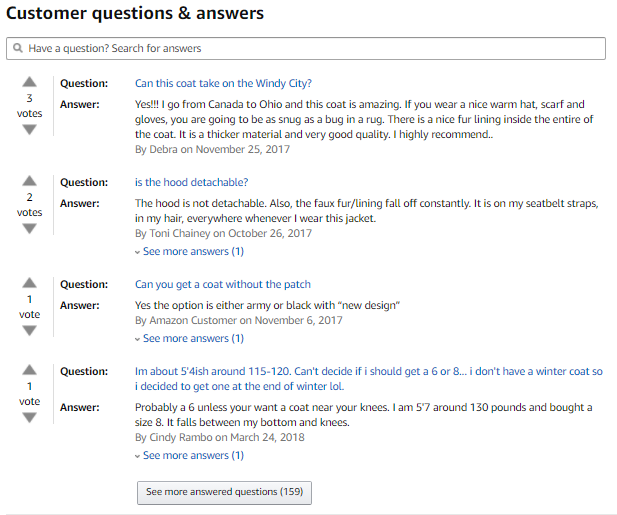30-second summary:
- As Google increasingly favors sites with content that exudes expertise, authority, and trustworthiness (E-A-T), it is imperative that SEOs and marketers produce content that is not just well written, but that also demonstrates expertise.
- How do you understand what topics and concerns matter most to your customer base?
- Can you use Q&As to inform content strategies?
- XPath notations can be your treasure trove.
- Catalyst’s Organic Search Manager, Brad McCourt shares a detailed guide on using XPath notations and your favorite crawler to quickly obtain the Q&As in a straightforward and digestible format.
As Google increasingly favors sites with content that exudes expertise, authority, and trustworthiness (E-A-T), it is imperative that SEOs and marketers produce content that is not just well written, but that also demonstrates expertise. One way to demonstrate expertise on a subject or product is to answer common customer questions directly in your content.
But, how do you identify what those questions are? How do you understand what topics and concerns matter most?
The good news is that they are hiding in plain sight. Chances are, your consumers have been shouting at the top of their keyboards in the Q&A sections of sites like Amazon.

These sections are a treasure trove of (mostly) serious questions that real customers have about the products you are selling.
How do you use these Q&As to inform content strategies? XPath notation is your answer.
You can use XPath notations and your favorite crawler to quickly obtain the Q&As in a straightforward and digestible format. XPath spares you from clicking through endless screens of questions by automating the collection of important insights for your content strategy.
What is XPath?
XML Path (XPath) is a query language developed by W3 to navigate XML documents and

